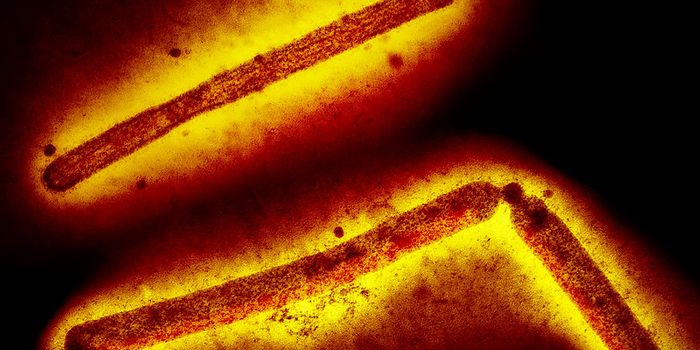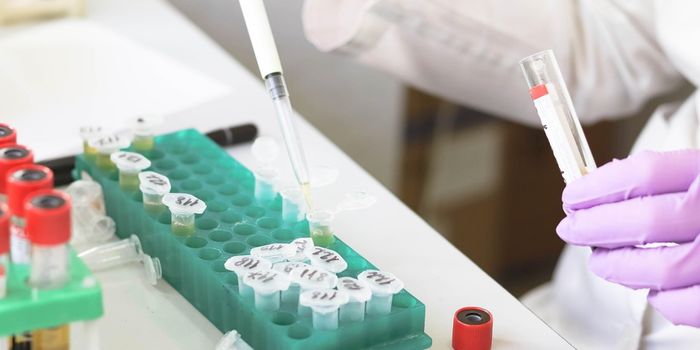Blood Vessels on a Chip Test Clotting
Blood clotting, also known as coagulation, is a critical biological mechanism to prevent excessive blood loss in the event of an injury to a blood vessel. During this complex process, a cascade of biochemical reactions occurs in which platelets and plasma in the blood solidify into a clot, patching up the site of injury. Too little and it can cause hemorrhaging, such as in patients with hemophilia, and too much can cause strokes, deep vein thrombosis, and other life-threatening conditions. The challenge is being able to quantify coagulation in patients both from a clinical perspective as well as for developing target drugs to either enhance or reduce clotting.
Biomedical engineers have made a breakthrough in the field, inventing a microfluidic device that mirrors the intricate structures of the vasculature, giving clinicians the power to analyze the coagulation potential of a blood sample faster, more efficiently, and at a much lower cost than existing technologies.
The scientists from Texas A&M University designed the device to mimic the curves, twists, and turns of a blood vessel such as a capillary or vein in the body. These structural features play a role in influencing how blood clots naturally, with the device staying true to the fluid dynamics of blood moving through a vessel. Current protocols for studying coagulation rely on the chemistry behind these clotting mechanisms, which, as the researchers explain, can lead to inaccuracies in the results.
Abhishek Jain, one of the scientists involved in the study explained: “They do not incorporate the flow through the natural turning and twisting blood vessels. Therefore, the readouts from these current static systems are not highly predictive, and often result in false positives or false negatives.”
The team has used blood samples from a cohort of patients using an extracorporeal membrane oxygenation (ECMO) machine to test out their device, with promising results. This form of therapy spikes the risk of blood clotting in these patients. The authors see this type of technology coming to the forefront of clotting diagnostics in the future.
“The margin for error is essentially zero for these patients,” said Jain. “Therefore, it’s imperative that all the tests, not just clotting tests, must work and provide clinicians with quick and reliable information about their patients so they can provide the best care possible.”
Sources: Scientific Reports, Texas A&M Today.









